Hiking Tsukubasan: A Beginner-Friendly Mountain Day Trip from Tokyo
What my parents told me, what really happened, and why I’d go again
Last week, I posted about Kawagoe, the little Edo town just 30 minutes from Tokyo, filled with retro charm and sweet potatoes.
Today, I’m sharing a place not too far from there, but with a very different kind of experience: climbing Mt. Tsukuba (筑波山)—a famous mountain in Ibaraki Prefecture, often called one of Japan’s 100 most beautiful mountains.
In this free post, I’ll walk you through my personal experience climbing Mt. Tsukuba.
And if you're curious about the exact route, how to get there, recommended stops, and local tips—I’ll be sharing all that in tomorrow’s paid newsletter. So if you’ve been thinking about hiking in Japan or want to combine Kawagoe and Tsukuba in one trip, subscribe now and get ready!
🥾 My parents love hiking—and this time, I joined
My parents enjoy climbing mountains in Japan, and they often told me:
"Mt. Tsukuba isn’t too hard. It’s a fun hike—you should try!"
So I finally did!
We went in early-May, when the weather was just warm enough but not too hot.
First, we visited Tsukubasan Shrine, which sits at the base of the mountain. It was bigger than I expected! With its long history and spiritual presence, it felt like a perfect starting point.
⛰️ The climb: nature stairs, sweat, and sweet potatoes
We started our hike after the shrine, and to be honest, it was tougher than I expected.
There were a lot of natural stairs—uneven rocks and steps formed by tree roots.
But strangely, I never felt scared. We never slipped or saw any dangerous parts.
There was just one break we took because the sun got stronger.
After around one hour, we reached a big resting area with an incredible view. I absolutely loved it. That breeze, the green all around, and the peaceful energy—perfect for a lunch break.
We had our lunch there: Kawagoe’s sweet potato mochi "Imo Koi" (which I shared in my last post!). And yes, it tasted even better in the mountain air.
After resting, we headed toward 男体山頂 (Nantai-san peak). (There are actually several courses, which I will be explaining as my paid content tomorrow!)
And when we reached the top!
It was stunning. The view was wide open, filled with rolling forests and far-off cities.
A surprise stop: The Legend of Risshin-seki (立身石の伝説)
On our way back from the Nantai-san peak to the cable car station, we found a fascinating spot: Risshin-seki, a rock associated with an old legend.
There’s a story that Shinran Shonin, a famous Buddhist monk, once saved hungry spirits (gaki) suffering in this area. Later, a boy named Rinzo Mamiya visited the stone when he was 13, praying here for success in life.
He then left for Edo (old Tokyo), became a government official, learned surveying, and eventually became a famous explorer. He is known for discovering the Mamiya Strait between Russia and Sakhalin.
It was amazing to stand in the same place where such a story began—it gave the hike a deeper historical and spiritual feeling.
🚠 The cable car ride down: slow-motion nature roller coaster
After all that climbing, we took the cable car back down the mountain. It cost 590 yen for one adult, and honestly—it was one of my favorite parts.
The car moves slowly through the trees, and in May, everything was full and green. The leaves were vibrant, the sunlight filtered through, and the view of the forest from above was peaceful and exciting at the same time.
I heard that in autumn, it becomes even more beautiful, with golden and red leaves covering the entire area. I’d love to return in October or November just for that
💡 A small tip if you're not sure about hiking
If you're a little unsure about hiking or just not confident in your stamina—don’t worry. Mt. Tsukuba is very flexible for all levels!
Here are a few options:
You can take the cable car up halfway (to Tsutsujigaoka Station),
and then just hike the shorter section to the Nantai peak. It still takes some effort, but it’s manageable and very rewarding.Or, you can even just walk around the resting area near the cable car station. The views are beautiful even there, and there’s food, benches, and wide open space.
If you're traveling with children or older family members, this route makes a perfect relaxing day trip.
You don’t need to be a pro hiker to enjoy Tsukuba. Just good shoes, water, and a bit of curiosity are enough!
🧭 Want to climb it too?
Did this make you feel like you want to try climbing a mountain in Japan? I hope so!
I really think Mt. Tsukuba is a great place to start—especially if you’re combining it with a trip to Kawagoe.
If you want to know more about:
How to get there from Tokyo
The exact route we took (since there are several!)
Best times to visit
What to prepare
My favorite tips for the area
I’ll be posting all the details in tomorrow’s paid subscriber post, so please subscribe today and be ready for more.
Also—if you're someone who's into Japanese Full Comprehensive Health Checkup or healthy travel and you'd love to read more about mountain hikes and wellness-focused adventures in Japan, please contact me or visit our website!


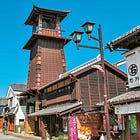
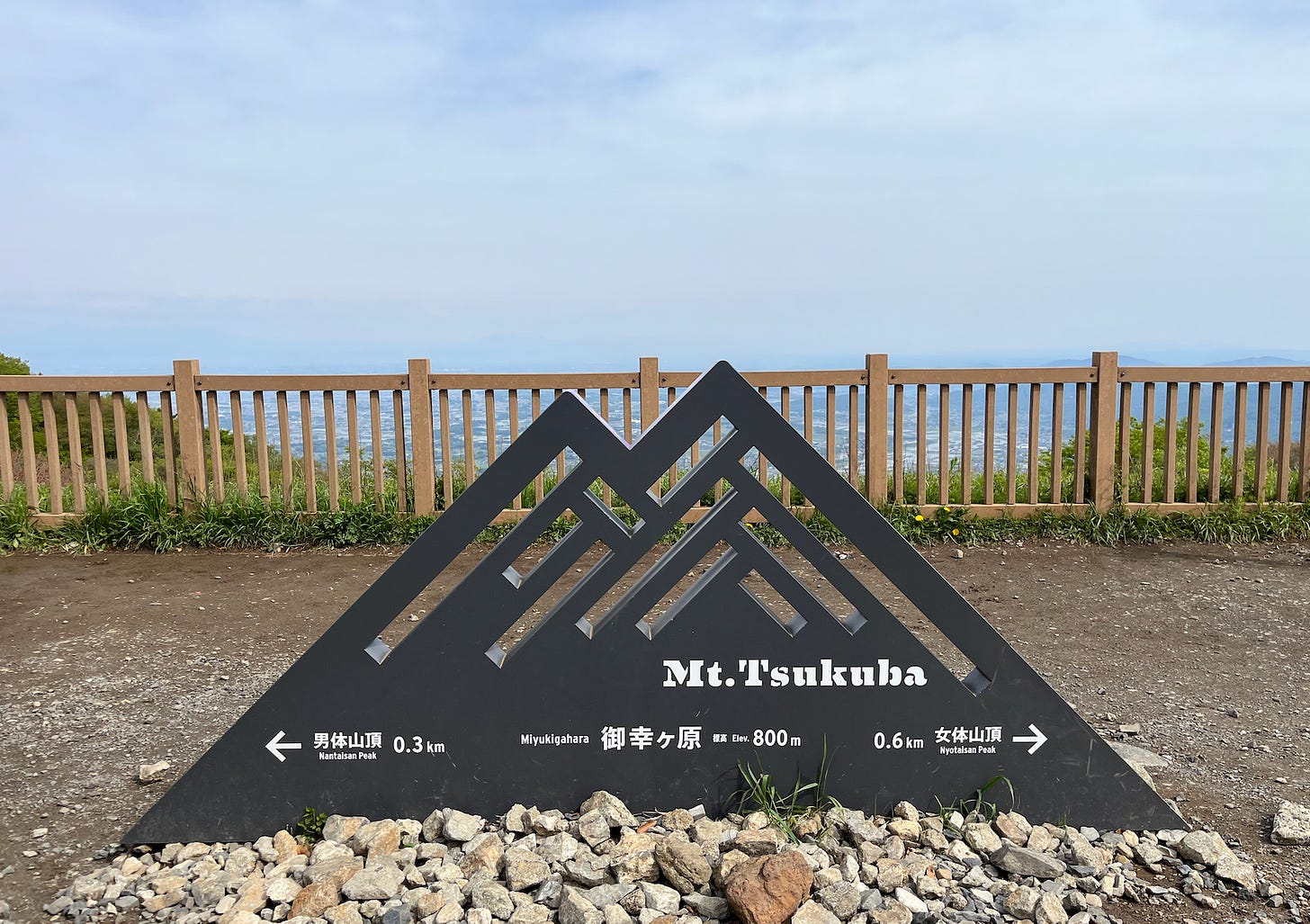
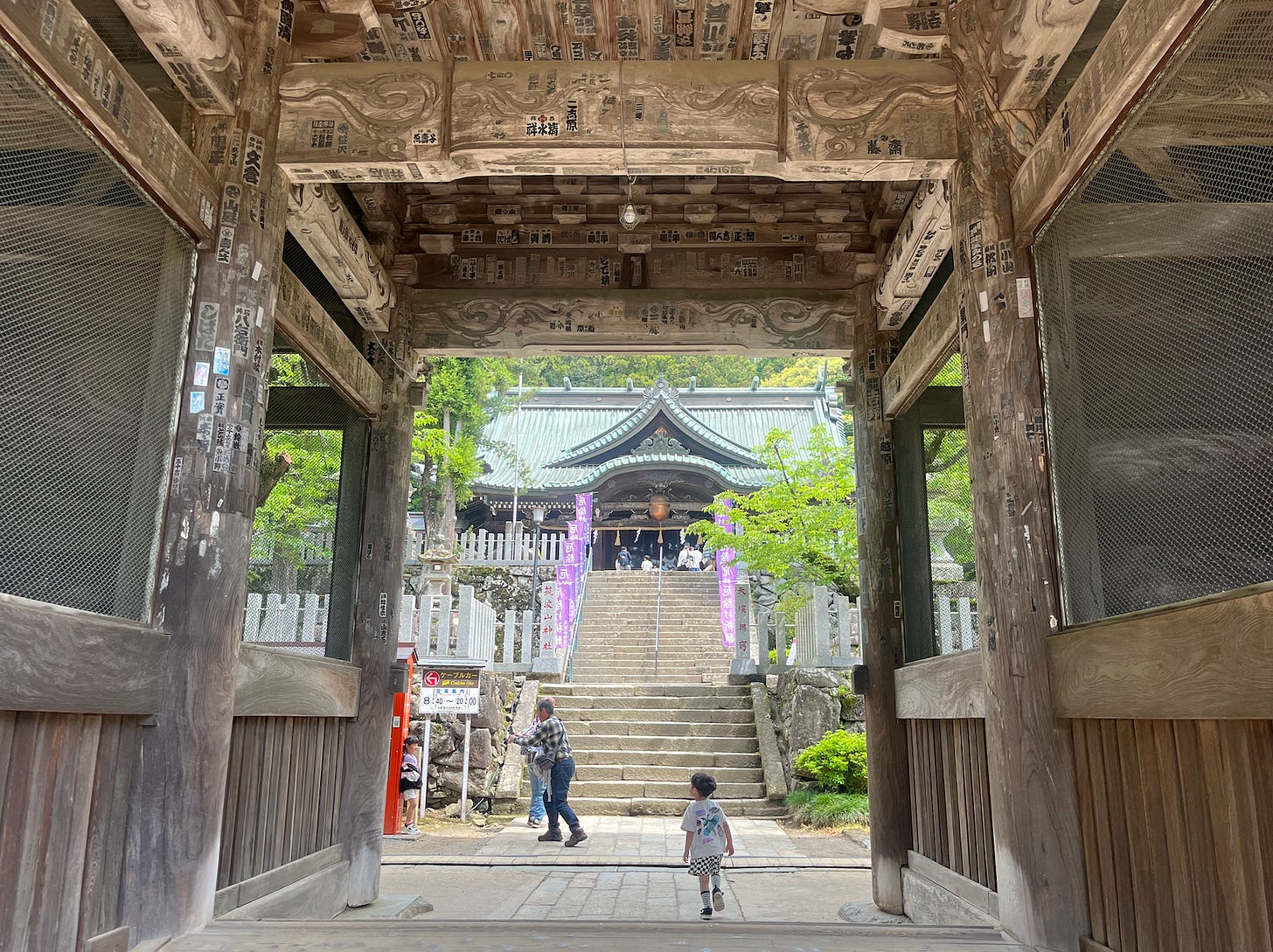
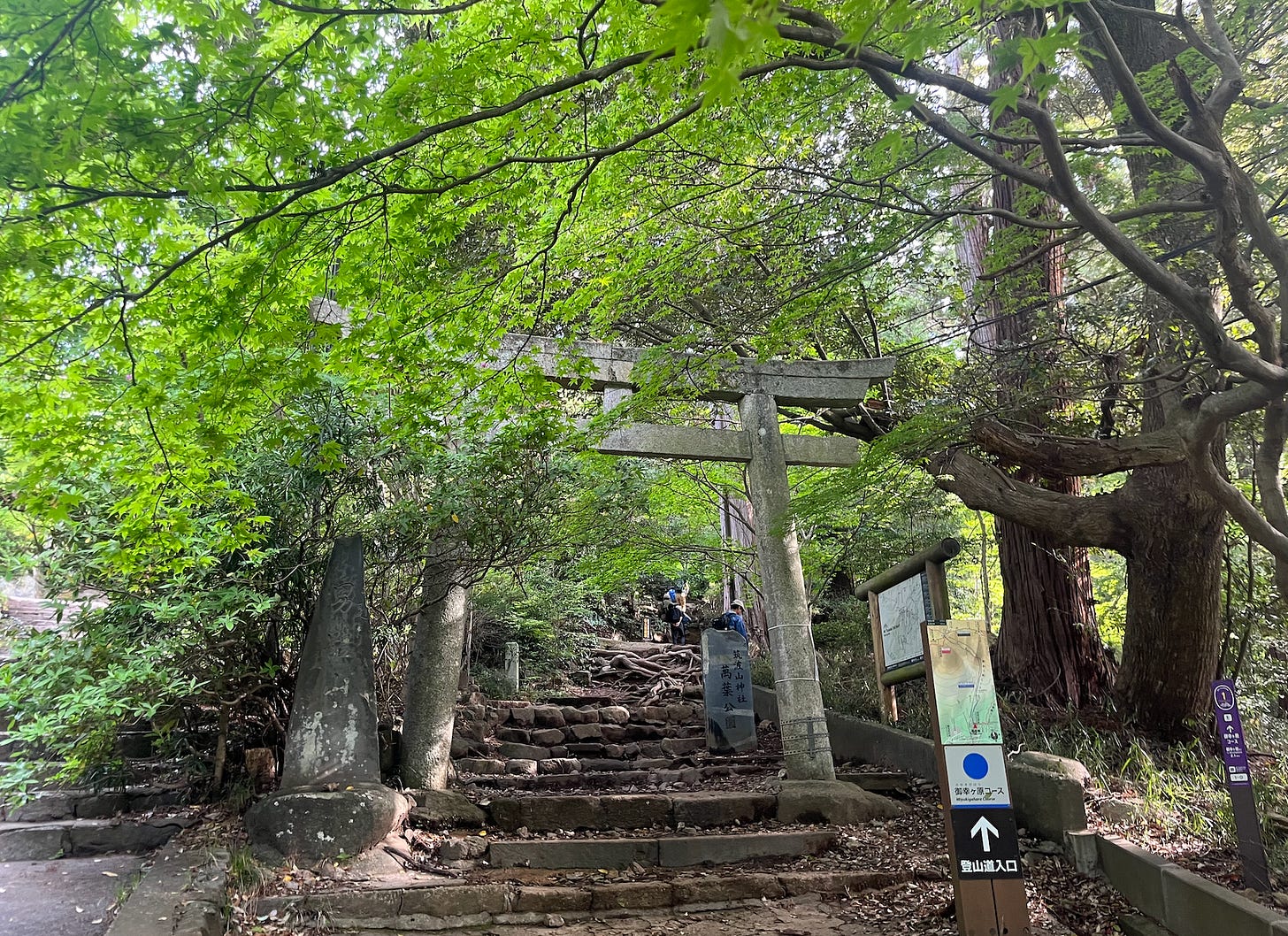
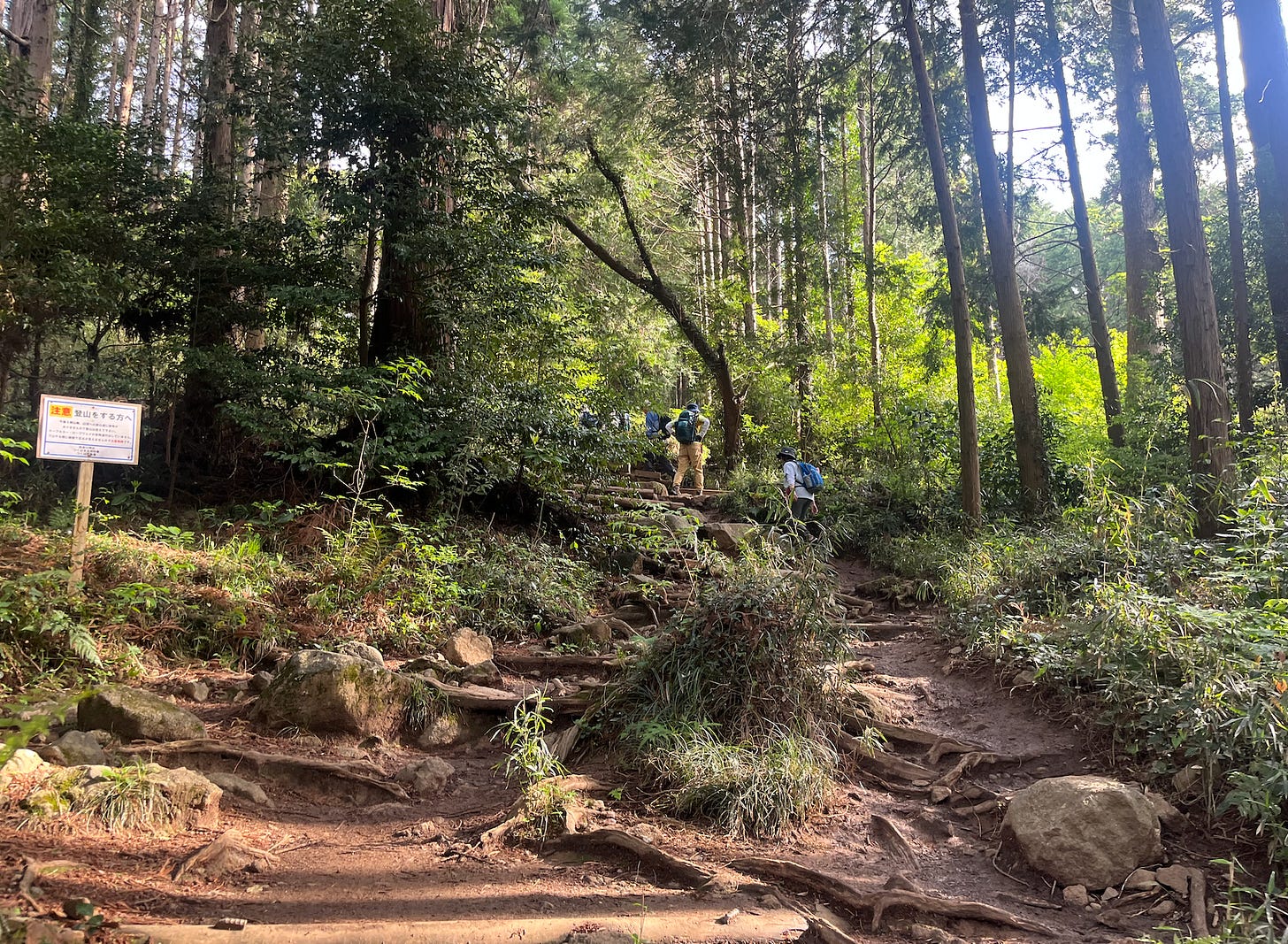
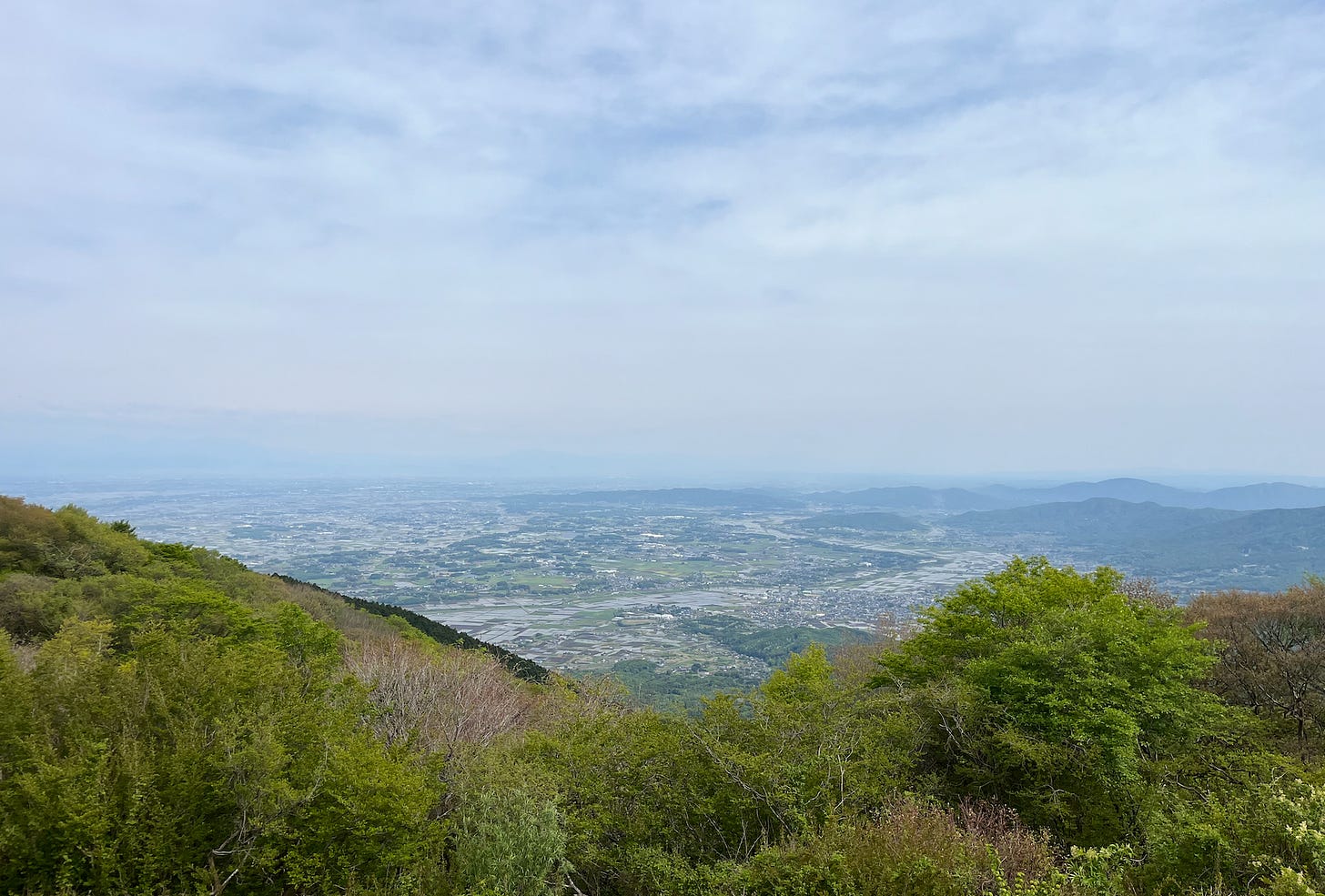
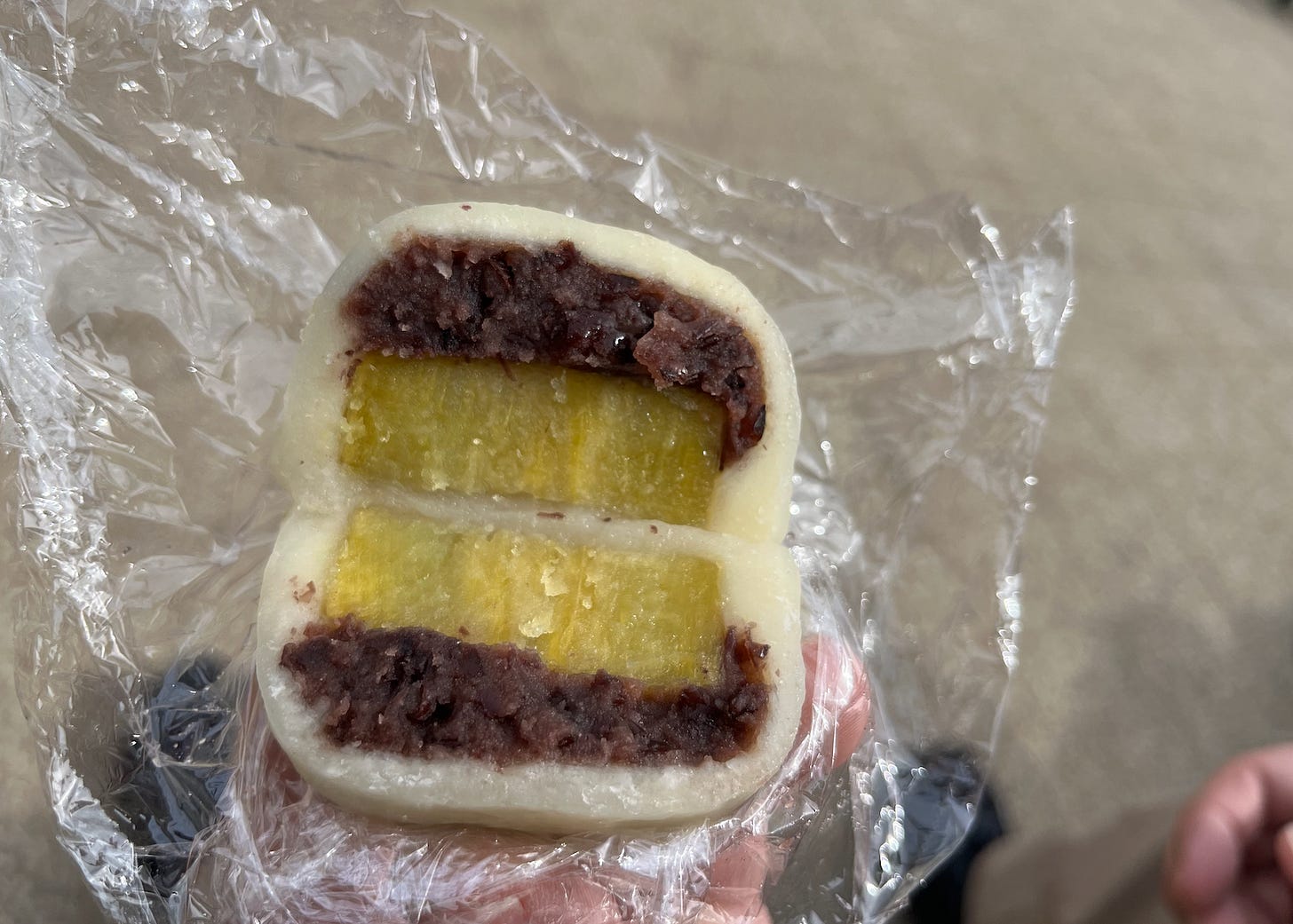
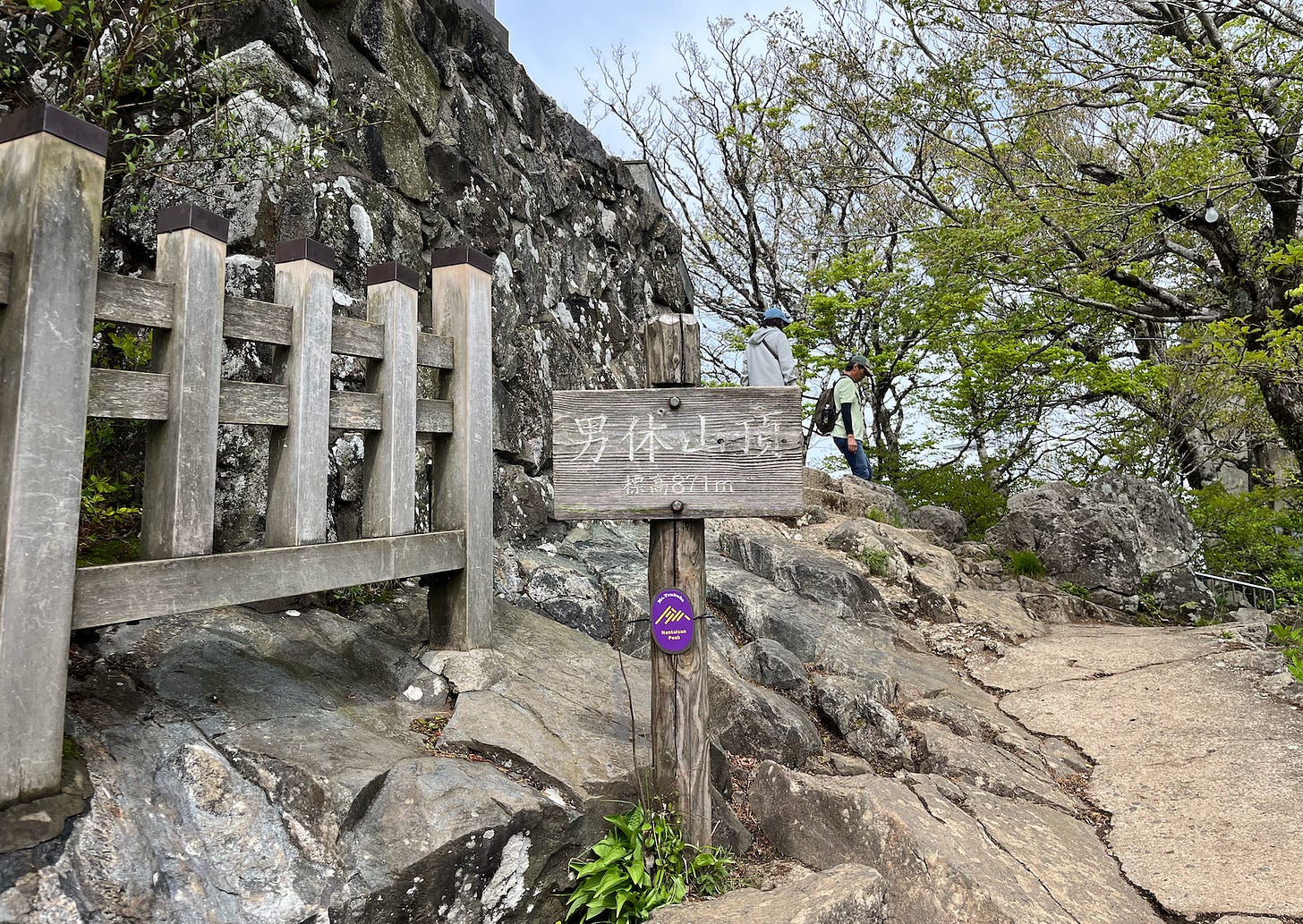
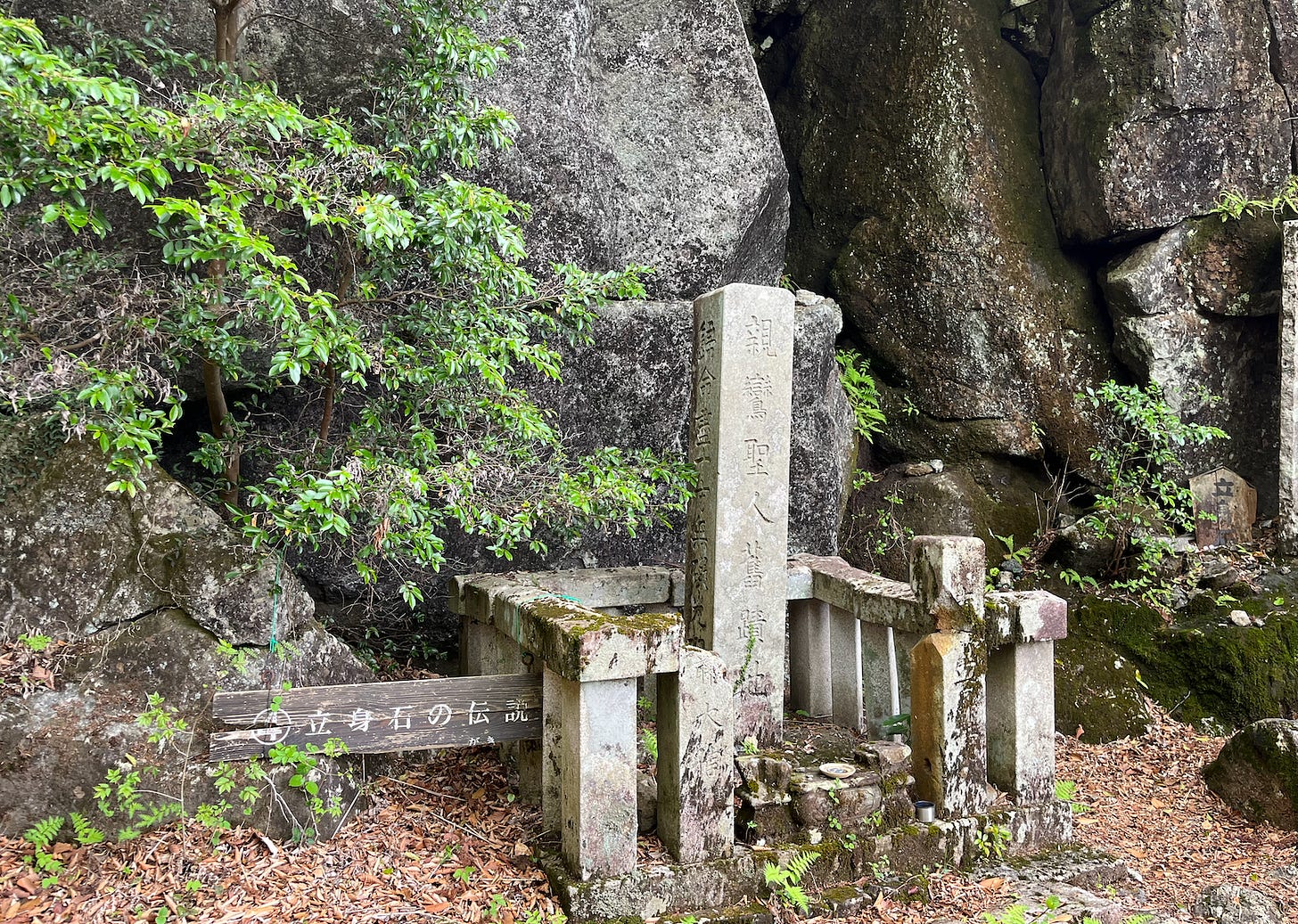
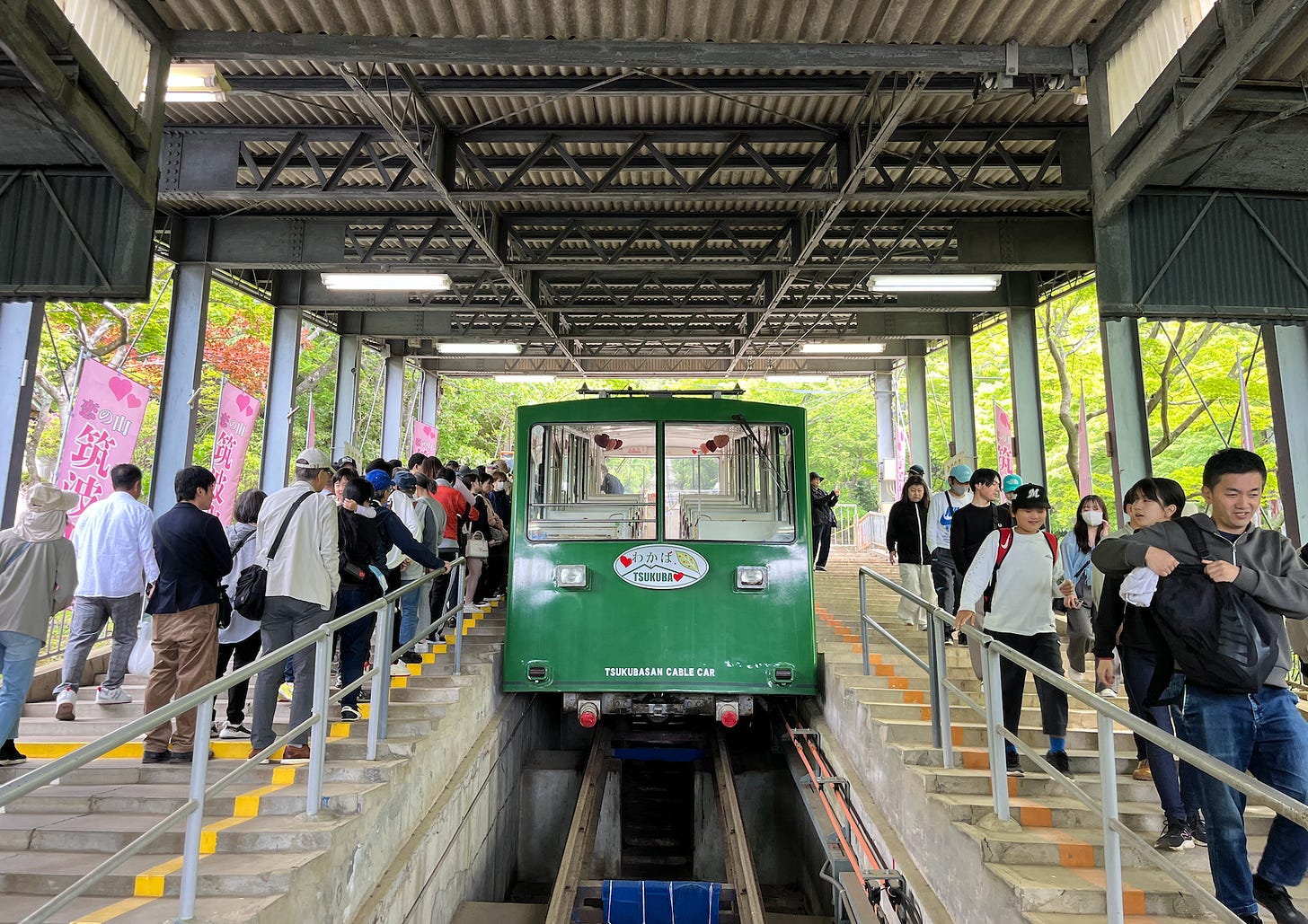
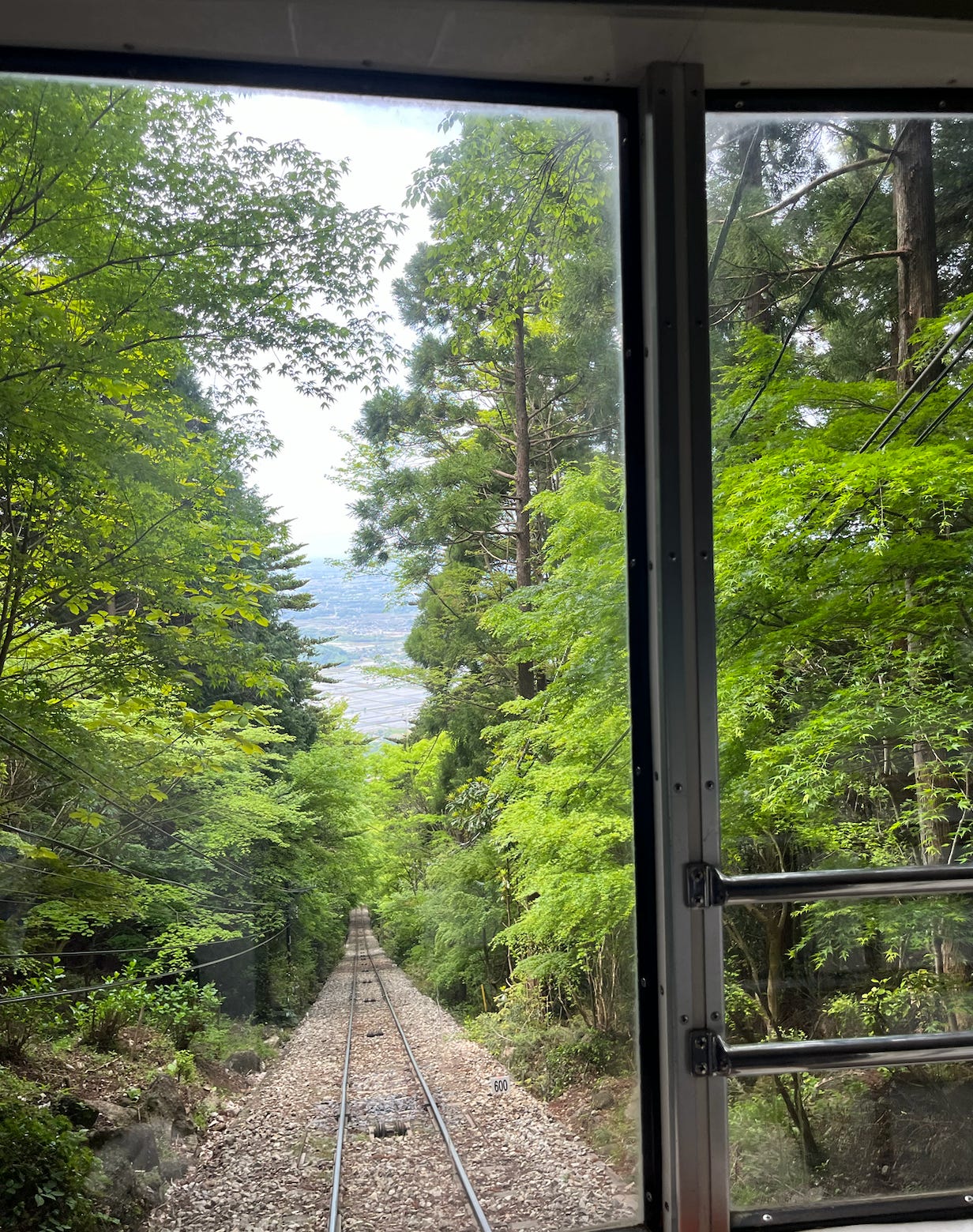
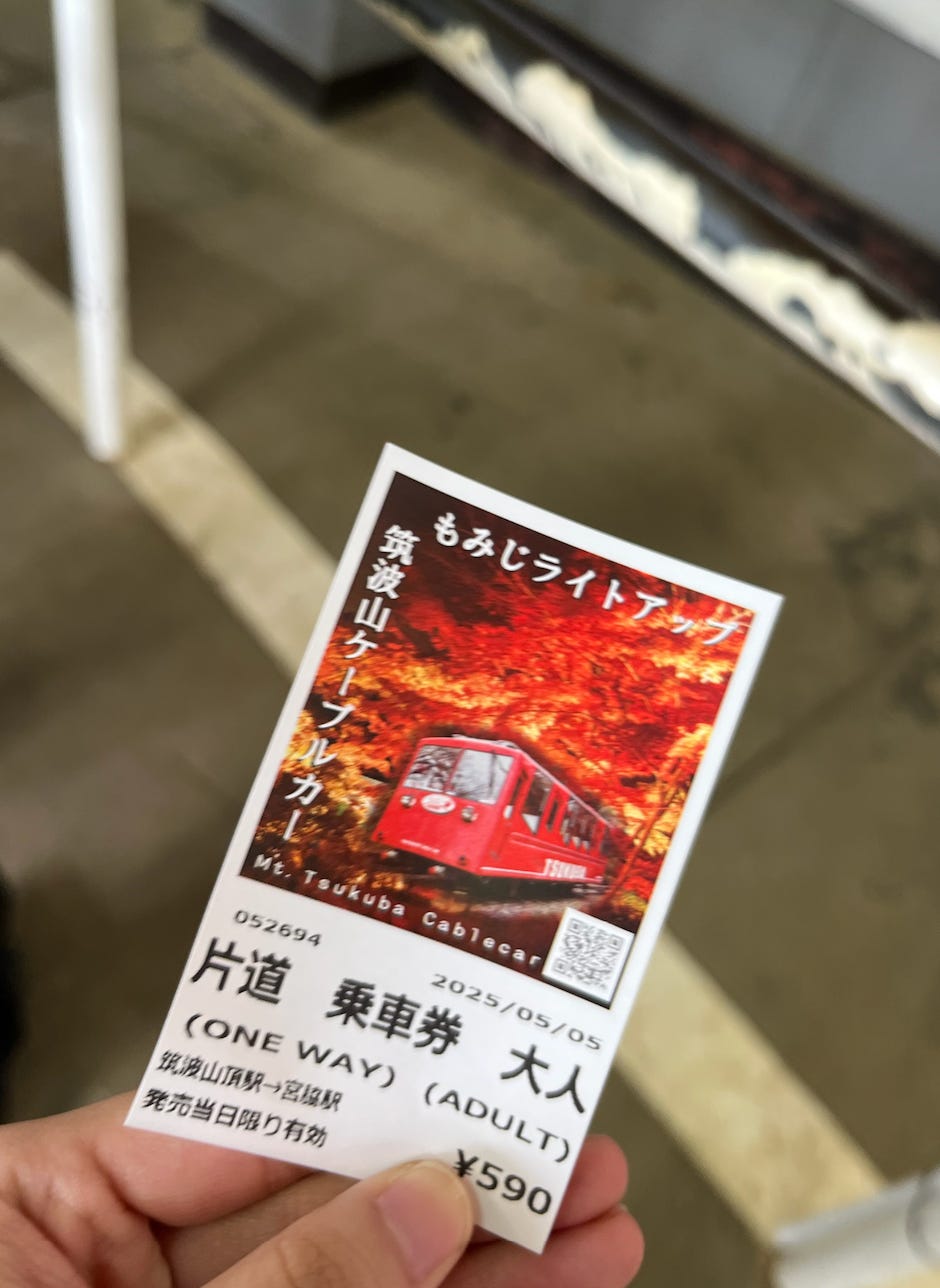
I love your posts! Open window for me to see Japan, besides major cities, I would love to go explore Japan one day!
WoW that's indeed informative especially with the personal touch✨I really hope I can try such leisure activities too🤞🏻For usually as a tourist we tend to stick to the famous go-to ones alone🥲